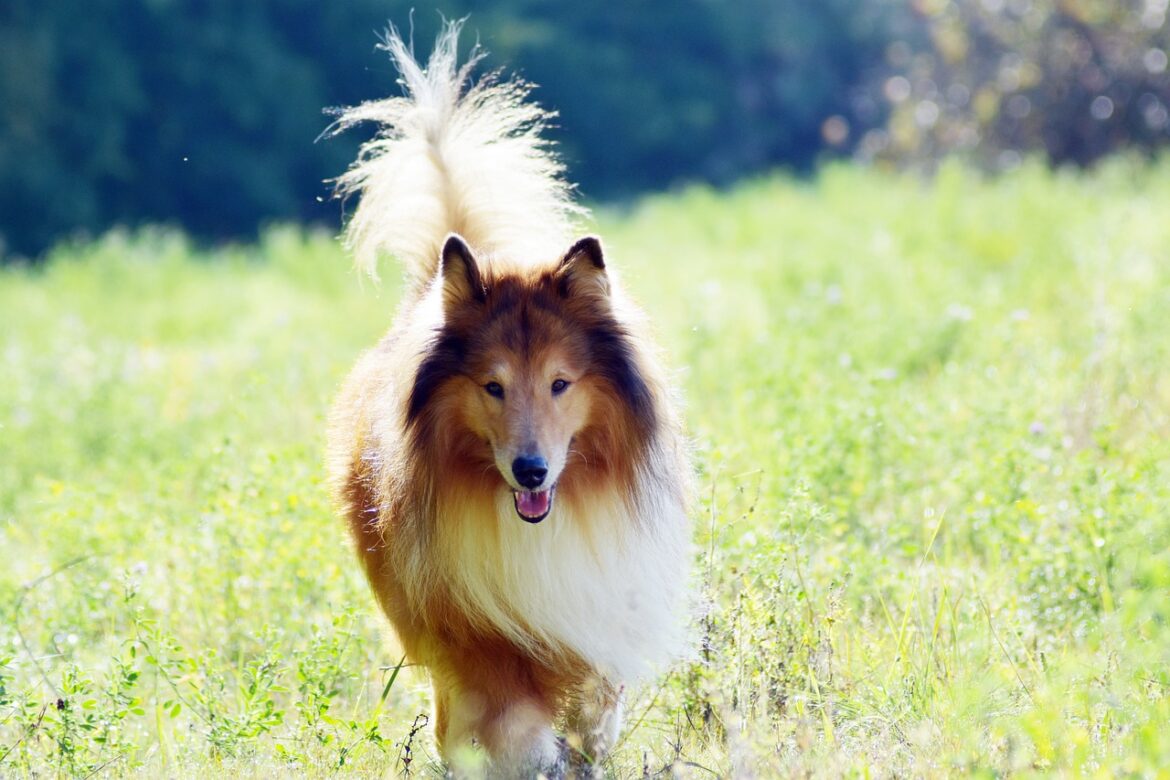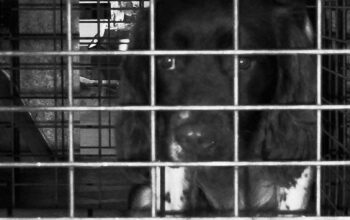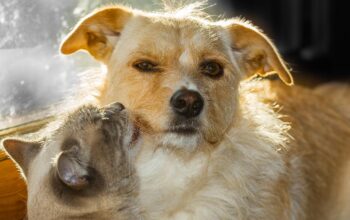Knowing the differences between cruise control and autopilot might be a good way to think about dog training and how you interact with your dog. Stay with me now; here’s what I mean:
Autopilot – When setting an airplane to autopilot, the pilot inputs some crucial data and then the systems of the airplane continue to ensure that the plane is on task, moving in the correct direction, and maintaining appropriate altitude. Whenever the pilot is on autopilot, the pilot is free to monitor other systems (weather, hydraulics, etc.) and the plane will remain on task.
Cruise control – When a driver uses the Cruise Control in a car a desired speed is reached and hits a button to make the car maintain this speed without the need to continue pressing the gas pedal. With cruise control, the driver still needs to be vigilant as there will be the need to steer, change lanes and avoid obstacles.
Think of your dog and his training as a more distant representation of cruise control. You still have to be alert to your dog as they may need to be returned on track if a cat runs out in front of you on your walk. Your dog may still try to cheat and attempt to leave their place board before being released. Your dog may still need to be interrupted if he is tempted by the pot roast sitting on the kitchen counter.
As time passes and the skill of your dog improves, you may start aiming more like an autopilot situation. So instead of kicking at the cat on your walk, your dog has learnt some impulse control and can pass on without incident, calmly passing by. Instead of constantly having to monitor while on a place board, you will be able to leave the room and your dog will stay on the spot. Finally, rather than pushing the pot roast back on the counter to the fullest extent possible, your dog will not attempt to take it, because you have not allowed it to be something that your dog has trained.



